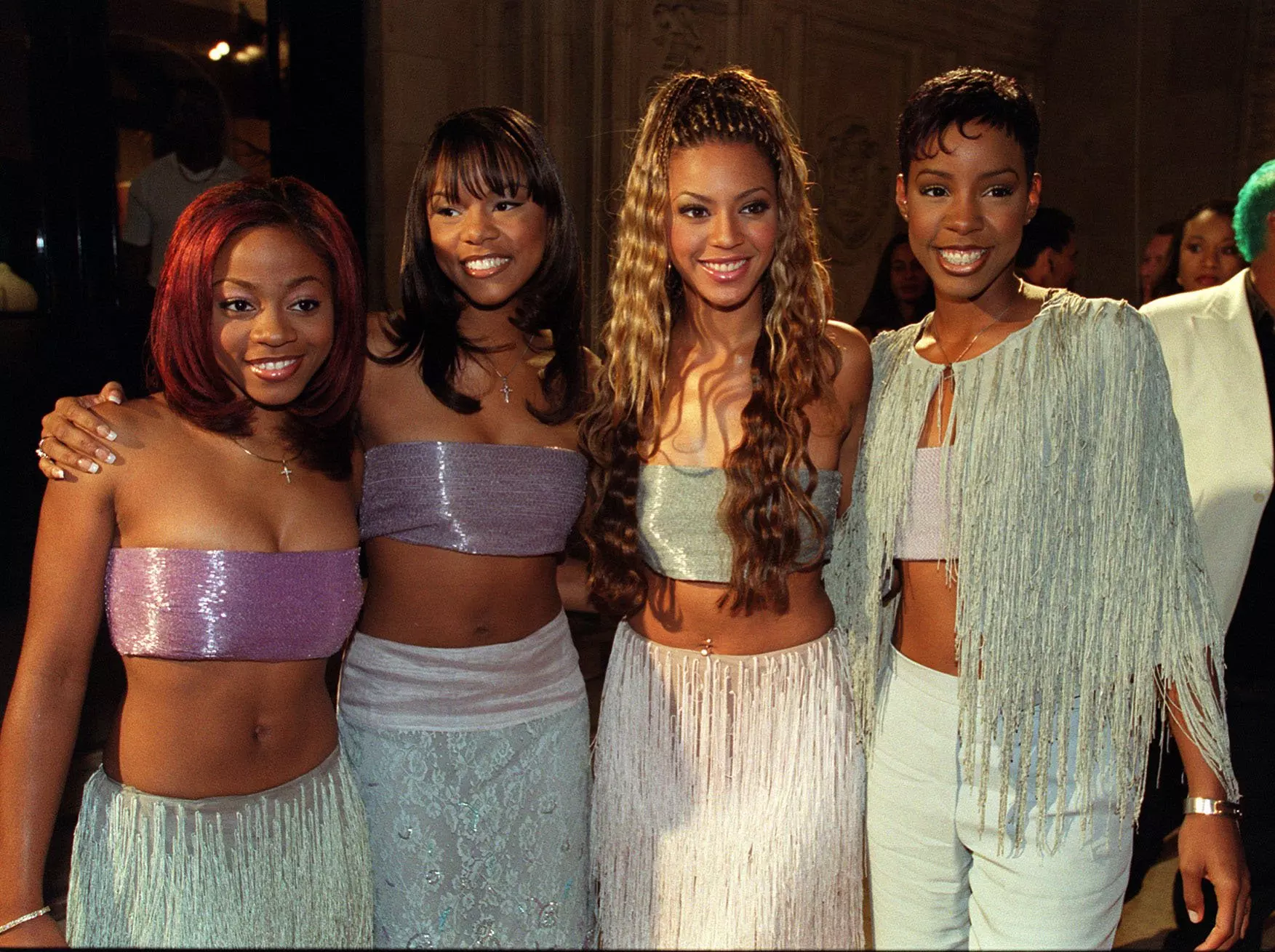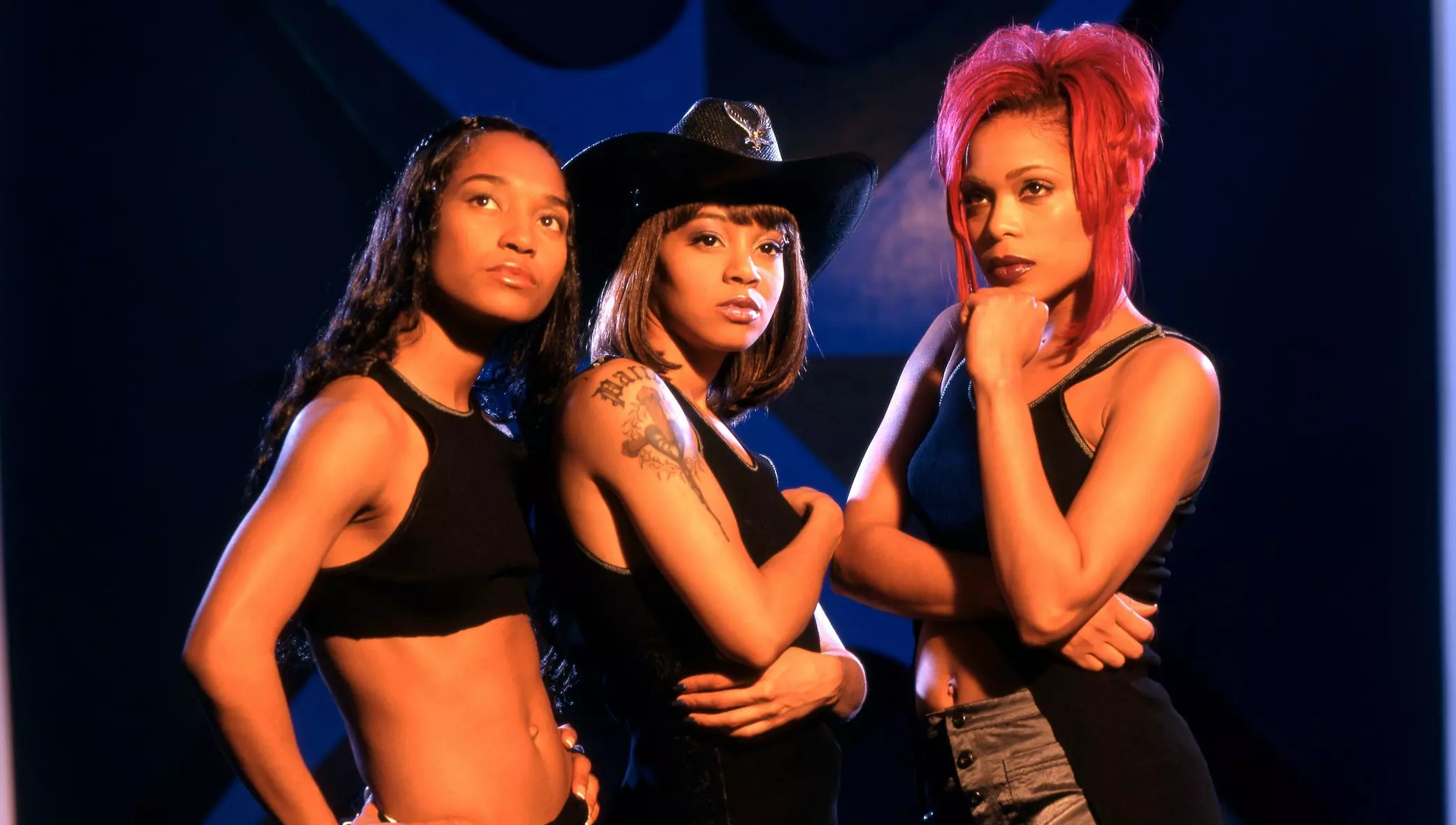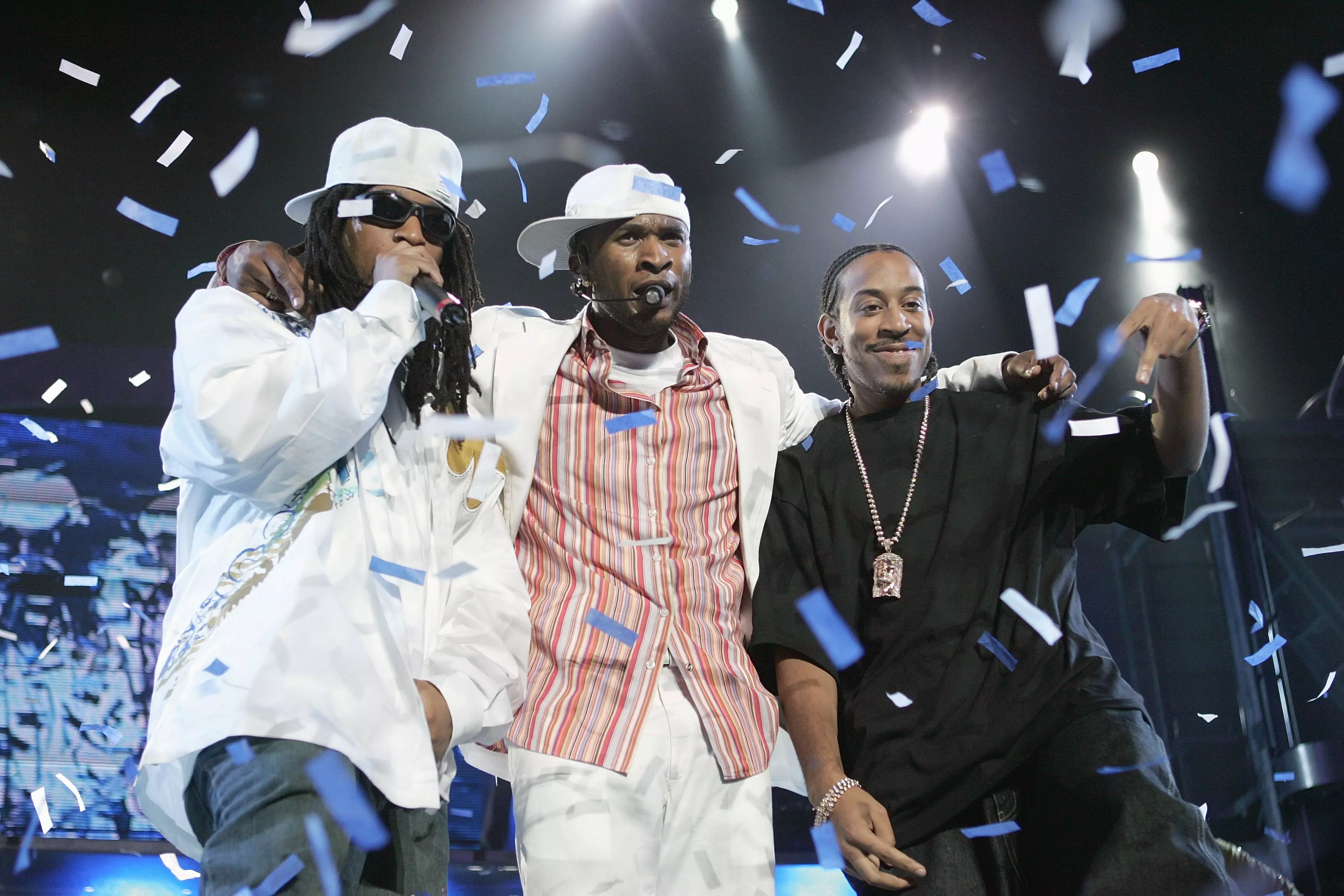Robert Finley
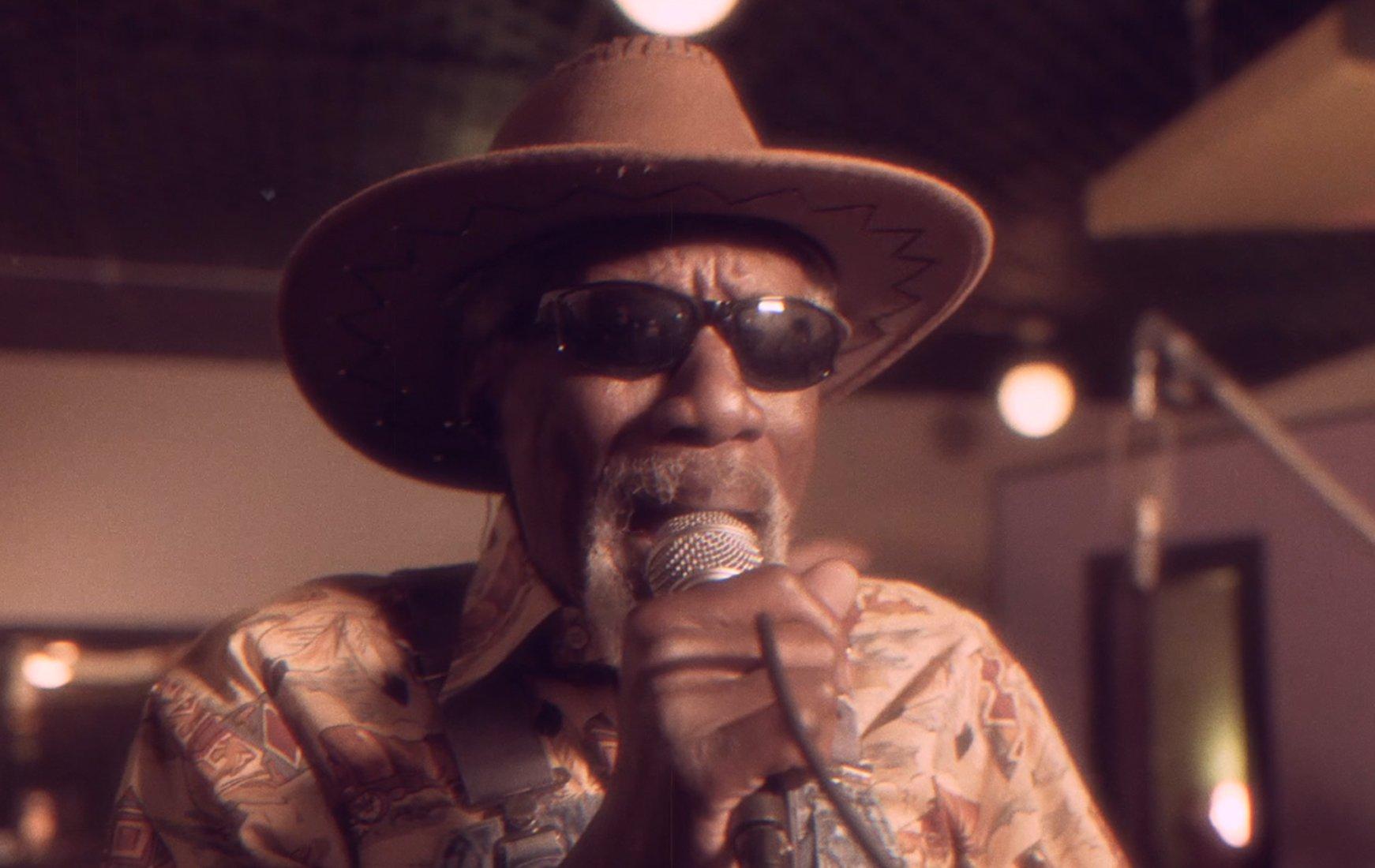
news
Press Play At Home: Robert Finley Performs A Bluesy Version Of "Country Boy" With Dan Auerbach
In the latest episode of Press Play At Home, Robert Finley performs his soulful song "Country Boy," from his autobiographical new album 'Sharecropper's Son,' with the Black Keys' Dan Auerbach on guitar
Do the delineations between country, blues, R&B and soul really matter? They don’t seem to with Robert Finley. By letting his mesmerizing voice just fly and telling a terrific story in doing so, the singer/songwriter defies neat categories: This is Black American music that just feels good.
In the latest episode of Press Play At Home, Robert Finley performs his bluesy, soulful song "Country Boy" at Dan Auerbach's Easy Eye Studios in Nashville, where he recorded his autobiographical new album Sharecropper’s Son. He's joined by R&B studio veterans Eric Deaton on bass and Kenny Brown on drums.
The presence of Auerbach on slide guitar (he also produced the album) shows how the torch is being passed between generations. This rootsy jam won’t just take a weight off your shoulders; it’ll fill you in on where Finley came from and where he’s going.
Watch Finley’s performance of "Country Boy" above and watch more episodes of Press Play At Home here.
Press Play At Home: Julia Stone Performs An Artfully Plainspoken Rendition Of "We All Have"
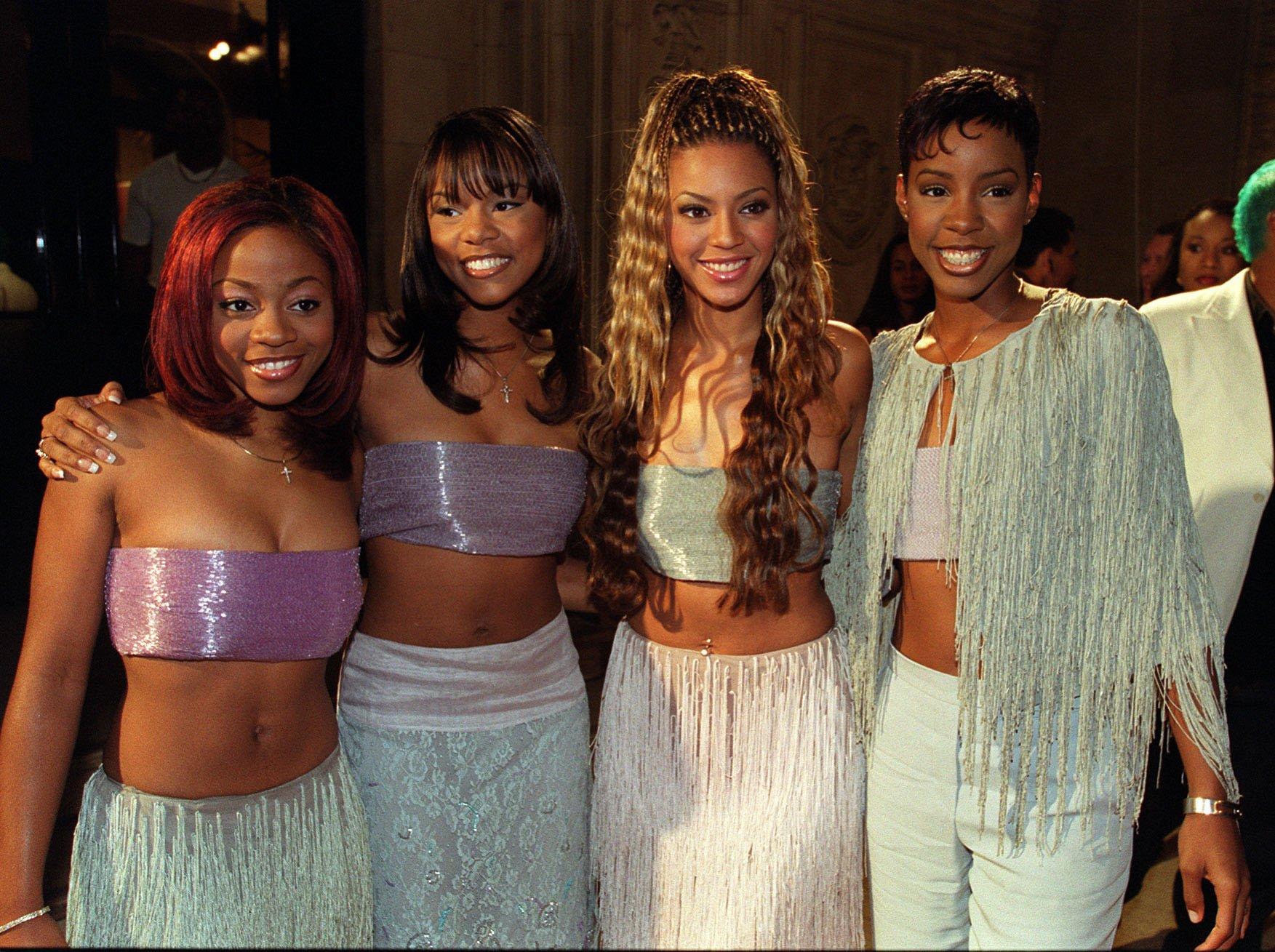
Photo: Michael Crabtree - PA Images/PA Images via Getty Images
list
5 Reasons Why 'The Writing's On The Wall' Is Destiny's Child's Defining Album
From its embrace of experimental R&B production and memorable music videos, to its GRAMMY-winning empowering songs, 'The Writing’s On the Wall' remains a touchstone for fans of Destiny's Child.
In 1997, all-female R&B groups were thriving: TLC already had seven Top 10 hits on the Billboard Hot 100, En Vogue had numerous platinum singles, and Xscape reached No. 1 more than once. Soon, a quartet of teenagers would burst upon the scene and leave an indelible impact.
While Destiny’s Child are now canonical in the world of '90s and early aughts R&B, the group initially experienced spotty success. Their 1997 debut single, "No, No, No (Part 2)" peaked at No. 3 on Billboard’s Hot 100 and was certified platinum. Yet their eponymous album, released in February 1998, only hit No. 67. Their follow up single, "With Me," also failed to set the charts ablaze.
Destiny’s Child's underwhelming chart performances could’ve easily derailed the budding group. Fortunately, the four ambitious girls from Texas had other plans.
Beyoncé Knowles, Kelly Rowland, LaTavia Roberson, and Le Toya Luckett were determined not to become one hit wonders, and quickly went back into the studio to record their sophomore album. Released on July 14, 1999, The Writing’s On the Wall became Destiny’s Child’s highest selling album and spawned some of their most iconic songs — one of which led to the group's first GRAMMY win. Not only did the album establish Destiny's Child as a household name, but it fine tuned the R&B girl group concept to perfection.
"We had no idea that The Writing's on the Wall would be as big a record as it was. Especially worldwide," Beyoncé said in a 2006 Guardian interview.
In celebration of the iconic album's 25th anniversary, read on for five reasons why The Writing’s On the Wall is the defining album of Destiny’s Child’s career.
Its Members Took Creative Control
On their debut album, Destiny’s Child tapped into the neo soul trend popularized by the likes of D’Angelo, Erykah Badu, and Maxwell — artists in their early-to-mid twenties with a maturity the teen quartet didn’t yet have. The references and creative direction clashed with the reality of the group members being so young.
"It was a neo-soul record and we were 15 years old. It was way too mature for us," Beyoncé tol the Guardian.
Heading back into the studio, the girls made sure to eradicate any misalignments and put more of themselves into their sophomore album. In an interview with MTV, the members said The Writing’s On the Wall had a fresher, more youthful vibe because "it comes from us." The quartet's fingerprints are all over the 16 track album: Each member co-wrote at least 50 percent of the album.
"Even at the time, Beyoncé would produce a lot of their background vocals, and she was a leader even at a young age," Xscape's Kandi Burruss said in a Vice interview, reflecting on her work as a songwriter and producer on The Writing's On the Wall. This heightened presence enabled the group to develop lyrics that boldly reflected their opinions and youthful energy. In turn, The Writing's On the Wall netted a run of iconic hit singles.
Read more: Destiny's Child's Debut Album At 25: How A Neo-Soul Album From Teens Spawned R&B Legends
It Pushed R&B Forward
Like its predecessor, The Writing’s On the Wall is very much an R&B album. However, Beyoncé's father Mathew Knowles — who still managed the group at the time — brought in producers who weren’t afraid to experiment. The result was a more commercial album that fused classic R&B with pop influences, creating a sound that was simultaneously contemporary and timeless.
Kevin "She'kspere" Briggs and Burrus (who would go on to co-write and produce TLC’s "No Scrubs") contributed to five of the album's tracks, shaping its overall sound and differentiating it from Destiny’s Child. The duo kept a few elements from the group’s debut effort, including the sing-rapping heard on "Bug A Boo" and "Hey Ladies." With syncopated beats, thumping basslines, and their knack for writing catchy hooks, Briggs and Burrus created R&B records with the perfect blend of chart-friendly accessibility.
On the Missy Elliott produced "Confessions," synthesizers, drum machines, and electronic garbling were layered to create a lush, futuristic backdrop. Further subverting the classic R&B ballad, Elliott paired what sounds like a cabasa to match Beyonce’s cadence throughout the verses which gives her laidback vocals an almost robotic feel. In addition to producing, Elliott’s velvety vocals also appear quite prominently on the chorus, adding to the track’s sonic tapestry.
GRAMMY-winner Rodney Jerkins was tapped to produce "Say My Name." The original beat Jerkins used was two-step garage, a subgenre of UK garage. No one else liked the sound, so he completely revamped the track into the GRAMMY-winning anthem we know today. Jerkins melded funk-inspired guitar and a call and response approach, then modernized them with a shimmery, polished production. This helped "Say My Name" become the group’s most listened to song on Spotify with over 840 million streams. Jerkins has even gone on record to say this is his favorite song he’s produced to date.
Read more: "Say My Name" 20 Years Later: Why The Destiny's Child Staple Is Still On Everyone's Lips
Its Music Videos Praised Black Culture
"For me, it is about amplifying the beauty in all of us," Beyoncé said in a 2019 interview with Elle when asked about the importance of representation. Even before her solo work, the importance of spotlighting Black culture was evident in Destiny's Child's music videos.
In "Bills, Bills, Bills," we see the group play the role of hair stylists in a salon which is an obvious nod to Beyoncé's mother’s longstanding relationship with all things hair. Near the end of "Bug a Boo," the members change into their version of majorette costumes and dance in front of a marching band. Majorettes and marching bands have a vibrant legacy within HBCUs; almost 20 years after this video premiered, Beyoncé revisited this very concept for her 2018 Coachella performance.
It Delivered Mainstream Success
The Writing’s On the Wall was a hit across the charts. The group earned their first No. 1 singles on Billboard’s Hot 100 with "Bills, Bills, Bills" and "Say My Name." Promotions for the latter also reinvigorated album sales and helped shift another 157,000 copies (an impressive 15 percent increase from their first-week sales). The fourth and final single, "Jumpin’, Jumpin’" was released during the summer of 2000 and became one of the most played songs on the radio that year.
Songs from the album were nominated at both the 42nd and 43rd GRAMMY Awards. Destiny’s Child took home their first golden gramophone at the 2001 GRAMMYs, winning Best R&B Performance by a Duo or Group with Vocals for "Say My Name." The single also won Best R&B Song and was nominated for Record Of The Year.
With 14 nominations, Destiny’s Child remain the most nominated girl group in GRAMMY history. With worldwide sales of 13 million, The Writing’s On the Wall is also the fourth best-selling girl group album of all time.
It Expanded The Concept Of "Girl Power"
The Writing’s On the Wall was much more than catchy, radio-friendly tunes. Lyrically and in production, the album reintroduced Destiny’s Child as the architects for their own lives. The tongue-in-cheek Godfather-inspired intro tees up each song with a commandment for their partners and, at times, for themselves.
Often misconstrued as a gold digger anthem,"Bills, Bills, Bills" empowers a woman to confront a lover who's financially taking advantage of her. This is a far cry from the theme of a young woman focused on finding love — a common theme on Destiny's Child — and puts their confidence on full display. "So Good" is a sassy, uplifting anthem which explicitly addresses haters with pointed lyrics like "For all the people ‘round us that have been negative/Look at us now/See how we live." Destiny's Child was sending a clear message: they’re going to be fine regardless of what others say.
And when the group became tabloid fodder due to unexpected lineup changes, "So Good" took on a new meaning for persevering through hard times. While there are some songs with morally questionable lyrics — we’re looking at you ‘"Confessions" — the consistent message of embracing one’s self-worth and independence is clear.
More Girl Group Sounds & History
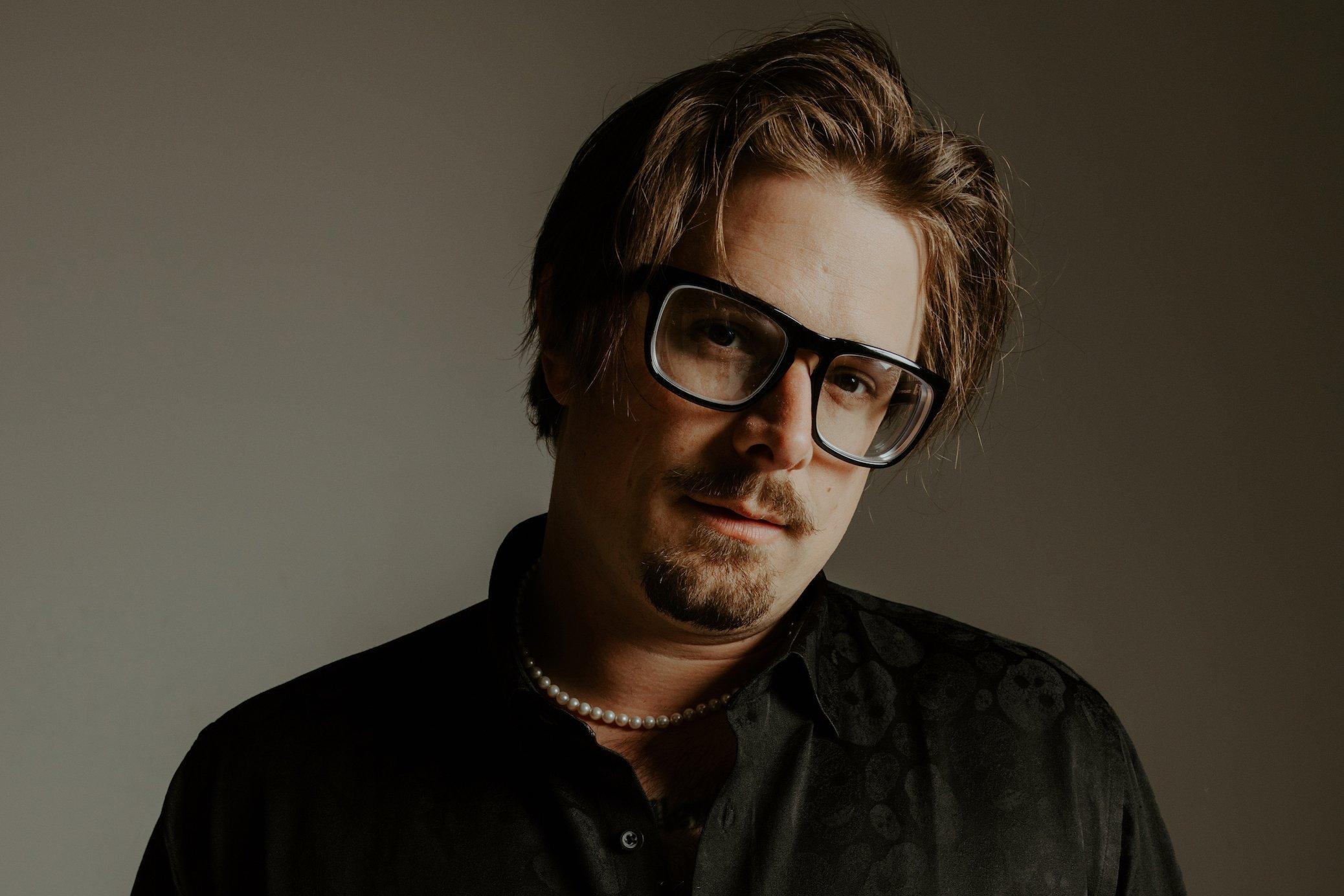
Photo: Robby Klein
interview
HARDY On New Album 'Quit!!' & How "Trying To Push My Own Boundaries" Has Paid Off
On his third album, the self-described "black sheep" of country music proves he's here to stay.
Haters take note: nothing fires up a country boy like HARDY more than a naysayer. And this redneck has a long memory.
Despite the coveted catalog of country music hits to his credit — tunes he wrote for artists like Florida Georgia Line, Blake Shelton and Morgan Wallen, plus his own work as a solo artist — HARDY's third album begins with a three-minute response to a heckler who once left a nasty note in his jar in place of a tip.
That moment may have occurred a decade ago, but it's key to HARDY's defiant persona. In fact, the album's title is exactly what that note read — Quit!! — and its cover art is the actual napkin the message was written on, which the singer/songwriter has held on to all these years.
HARDY laughs off the memory at first, but as the title track plays on, his olive branch soon turns to coal. "I'm not the GOAT, I'm the black sheep hell-bent to find closure," he barks as the song escalates. "I can't let go — a note somebody wrote like ten years ago put a chip on my shoulder. If you wanted me to quit, you should've saved it, bro."
The takeaway here? HARDY won't quit. Or, to quote another Quit!! banger, "I DON'T MISS," when a hit is in the crosshairs, he "don't hit nothing but the bull's eye."
No doubt, he has the numbers to back it up. HARDY linked up with Florida Georgia Line after moving to Nashville in the 2010s, and landed his first country No. 1 as a songwriter in 2018 thanks to the duo and Wallen, with the smash "Up Down." As he began building a solo career — releasing a pair of EPs in 2018 (This Ole Boy) and 2019 (Where to Find Me) — he continued delivering chart-topping hits for FGL, Shelton, LOCASH, Wallen, Dierks Bentley, and more. As Quit!! arrives, HARDY boasts 15 No. 1 hits: 11 as a songwriter, and four as an artist.
Along the way, HARDY also established his Hixtape series, a countrified version of a hip-hop mixtape now three volumes deep, bringing together friends and superstars like Keith Urban, Trace Adkins, Thomas Rhett and a host of other stars to collaborate. Not only did Hixtape Vol. 1 land HARDY his first No. 1 as an artist in his own right — the Lauren Alaina and Devin Dawson team-up "ONE BEER" — but it put HARDY's shapeshifting musicality front and center.
"A lot of people ask, 'When did you decide to jump into the rock and roll thing?' HARDY, who uses his last name as his stage name, says. "I feel like I've always dipped my toes in it here and there, and a lot of my songs have been really close to it but not quite there. Hixtape, especially Vol. 1, I was definitely foreshadowing my sound, and I really didn't even know it at the time."
By now, modern country musicians regularly reflect influences from beyond Nashville's confines. But HARDY has played a big role in rock's country crossover, as he gradually showed more of his Mississippi-bred, guitar-riffing roots on his 2020 debut album, A ROCK. He fully embraced them on the 2023 double album, the mockingbird & THE CROW; while the first half has more country-oriented tunes like the Lainey Wilson-featuring murder ballad "wait in the truck," he lets loose on THE CROW.
"THE CROW will always be that cornerstone moment that defined who I am," he asserts. "It gave me the courage to do this Quit!! record."
HARDY has not only been an architect of this genre blending, but also its chief proponent — so much that in 2023, the L.A. Times crowned him "Nashville's nu-metal king." On Quit!!, he cashes in that currency with the gargantuan guitar riffs and bombastic beats popularized by acts like Limp Bizkit, and leans deeper into the rhythms and playful lyricism of hip-hop, a skill he recently flexed at the request of Jimmy Iovine and Dr. Dre on a hicked-up rendition of Snoop Dogg's G-funk classic "Gin and Juice."
Ironically, the further HARDY gets from straightforward country music, the closer he gets to who he really is as an artist. Below, the chart-topping star details the backstory of Quit!!, his conflicted relationship with the country-music formula, and how he'll continue pushing boundaries within the genre and beyond.
You grew up in the small town of Philadelphia, Mississippi. What role did music play in your upbringing?
My dad introduced me to rock and roll in general, but it was his era of rock and roll. Whatever you define as classic rock and everything under that umbrella. But music was a big deal in Philadelphia and it still is. There were tons of cover bands, and a lot of [my] buddies were into music. So that had a big influence on me.
I, thankfully, was in that last era of kids that the only time they got to hear a song was on MTV or on the radio. And I remember hearing "In the End" [by] Linkin Park, and then getting Hybrid Theory on CD. I remember the first time I saw [Limp Bizkit's] "Nookie" video on MTV. I was heavily influenced by all that stuff. I'm very thankful that I grew up in the era before the internet was really big.
Were you into country music back then?
Surprisingly, not at all. Not until Eric Church, Brad Paisley, a couple of people started singing about stuff that really piqued my interest. But no, I didn't really listen to much country.
I think the only country that I listened to, if you even call it that, was Charlie Daniels. He played at the Neshoba County Fair. I got to see him twice. But even he was more of, like, you'd almost call it more Southern rock. For some reason, country music at the time didn't do it for me. It took me a long time to get into it.
You recently re-envisioned "Gin and Juice." Were Snoop Dogg and Dr. Dre big artists for you when you were younger?
Yeah, especially Snoop. Snoop was in his later years when he started doing more pop stuff. I was a little too young for Doggystyle. I was 4 years old when Doggystyle came out, so my folks weren't letting me listen to that. But I will say, [Dr. Dre's 1992 album] The Chronic and especially [1999's] Chronic II, those records were huge. And anything that Dre touched after that, like all the beats he produced for 50 Cent, and obviously I'm a huge Eminem fan. I mean, all the way up to Kendrick [Lamar]'s early stuff.
I don't know how much they influenced me musically, but I definitely listened to both of them at the time.
You've got so many projects and co-writes and stuff going on, always. Is it easy to pinpoint where your journey to Quit!! began?
I can tell you for a stone-cold fact that "BOOTS" [from A ROCK] is responsible for the album Quit!! That was the first song that I ever wrote that had a breakdown in it. And when I played that live before it came out, people didn't know it, so it was a little different then. But once the song came out, and we started playing it live, it was bigger than "ONE BEER." It was bigger than "REDNECKER." It was the biggest song in our set, and to this day, it's still one of the biggest songs in the set.
But because I love the rock and roll sound so much, that's the song that I was like, Okay, this is working, because these people are losing their s— when we go into this song. So, then, that inspired me to write "SOLD OUT," and once "SOLD OUT" came out, and we started playing that song, that song was even bigger than "BOOTS," and it was heavier than "BOOTS." After "SOLD OUT," it was "JACK," and it's just a snowball of writing heavier songs and having the courage to keep going. "BOOTS" crawled so that Quit!! could run, you know? That was definitely the song that started it all.
The new album builds on the mockingbird & THE CROW and the direction you were heading.
Yeah, I think it builds on it maybe in the sense that there's a lot more screams, and maybe more breakdowns, and it's a little heavier than the mockingbird & THE CROW at times. But it is also very different. There's a lot more, like, pop-punk stuff and, I don't even know what you would call it, post-hardcore-sounding s—.
But all of the rock and roll stuff stands on the shoulders of THE CROW. It will always be that cornerstone moment that defined who I am. I mean, it definitely teed me up. It gave me the courage to do this Quit!! record.
I like that word, courage. It's not a word I expected to hear out of you based on your persona, but that's a very interesting way to phrase it.
No, I mean, the metal and country cultures are very, very, very different. There's never fear, but there's definitely, what's the right way to say that? You know, there's like when we throw like the goat horns and s— on the screen. Country has a big Christian background, and metal is like the exact opposite of that, and those can clash a lot, but there's definitely a little bit of some reserve — it seems to not get too much push back — mixing the two. My mom's not crazy about it, but what can you do?
And you have moments like "wait in the truck," where you're not writing for the party. Do you see yourself pursuing those avenues more often? Does the world want to hear HARDY reflect?
You mean like more of the deeper country stuff?
Correct, yeah.
I hope. That's the s— I love. I feel like they're so few and far between. Like, "wait in the truck," we just got so lucky. I feel like "ONE BEER" was kind of the same. Like, it's gotta be the right day, and the right time, and the right people in the room to really tell a story. It's tough. But I would love to continue to have those cool story songs.
But what I will say is there's a lot of gray area between the black-and-white of HARDY country and HARDY rock and roll. I'm still going to put out country songs. The gray area is that to me and to a lot of people, they're all just HARDY songs. But I have so many songs that I have written that I wanna put out that are so, maybe if they're not storylines, they're even deeper down the rabbit hole of thought-provoking stuff, like "A ROCK," or maybe even "wait in the truck," or even a song I have called "happy," on the last record — just songs that are very, very thought-provoking.
Just trying to push my own boundaries of country music, and not everything is right down the gut, you know, "let's go to radio with it." But just really trying to experiment with what I wanna say with country music. So, yes, there's definitely more of that coming.
You're playing your first headlining stadium gig in September. How has performing in those venues, and anticipating that, informed how you write? Are you writing for the stage?
Yeah, 100 percent. I would say, 75 percent of the time you're writing for the stage — even if it's not for myself, if I'm writing for somebody else — I'm definitely writing for the stage. I cannot tell you how many times I've sat in the room and been like, This s— is going to pop off live! And then try to put the other writers in that headspace.
Like on [Quit!! track] "JIM BOB," when we did the pow-pow-pow! thing, I'm like, just think about how cool it's gonna be live, and living in that headspace, because that's where it all comes to life. That's the end product.
Writing for the stage is something that a lot of people do. And that's why songwriters love going out on the road, is because they go out and they write songs with these artists, but they love watching the show because they get to see what really translates live, and then take that back to the writing room and try to recreate that.
Did that kind of experience have anything to do with you making the move to a marquee artist? Because not all songwriters can make that jump. Or was that always the plan?
Yeah, I mean, it was always that kind of thing. I was fortunate that I got to see Morgan [Wallen] perform "Up Down," and FGL perform a couple of their songs before I made the jump into an artist. I kind of already scratched that itch a little bit.
The Nashville writing scene can seem like a 9-to-5 kind of boring thing. But it doesn't sound that way from the way you describe it.
It's a little bit of both. The funny thing about that is like, if you walk into a publishing company, 10:30, 11 o'clock, whenever people start getting there, it's a bunch of dudes or girls standing around drinking coffee, hanging out. It's like a break room, and then everybody's like, "All right, well, y'all get a good one." And then everybody goes into their own rooms. That part of it is very 9 to 5.
But there is definitely — especially with our group of people, when you get on something that is so special, it's beyond, like, "We're writing a hit today." There's just something that transcends that. I don't know how to describe it, man. That's when it's really, really, really, really great. The Nashville process, that's what it's all about — having those moments in the room where you're like, "This is special," and, like, "We're witnessing something special that is going to affect people on a global or on a nationwide scale."
I remember when we wrote "wait In the truck" and how we were all just gassing each other up because we were like, "Dude, this song is gonna help a lot of people." And that's when the 9 to 5 goes away. We're being creative together, and it's a special thing.
There's been so many moments like that, where you're just so thankful to be a part of a great song, and how hyped everybody is. It's a feeling that's really, really hard to beat.
More Of The Latest Country News & Music
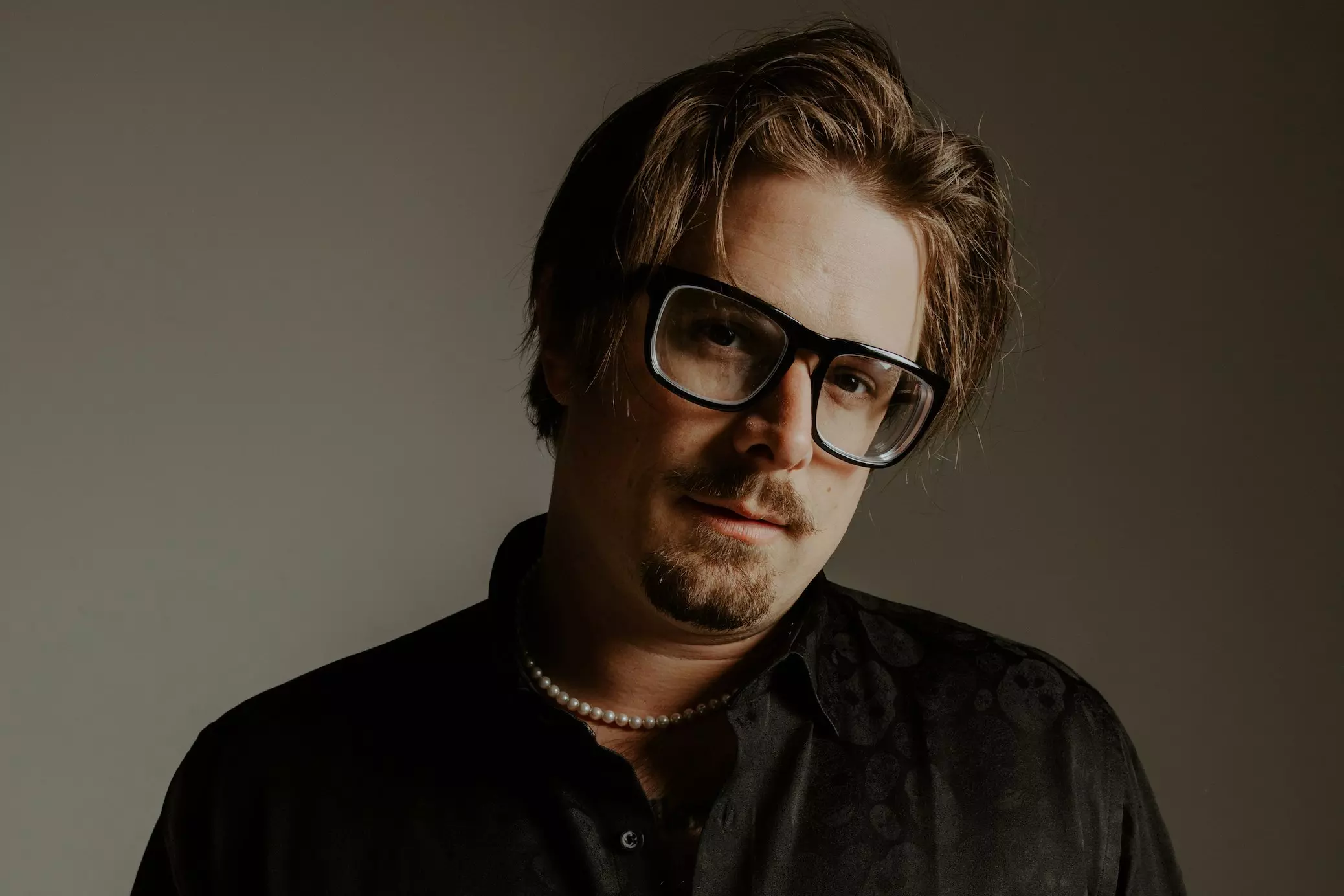
HARDY On New Album 'Quit!!' & How "Trying To Push My Own Boundaries" Has Paid Off

Amy Grant Shares Where She Keeps Her GRAMMYs

Watch Tiera Kennedy Perform "I Ain’t A Cowgirl"
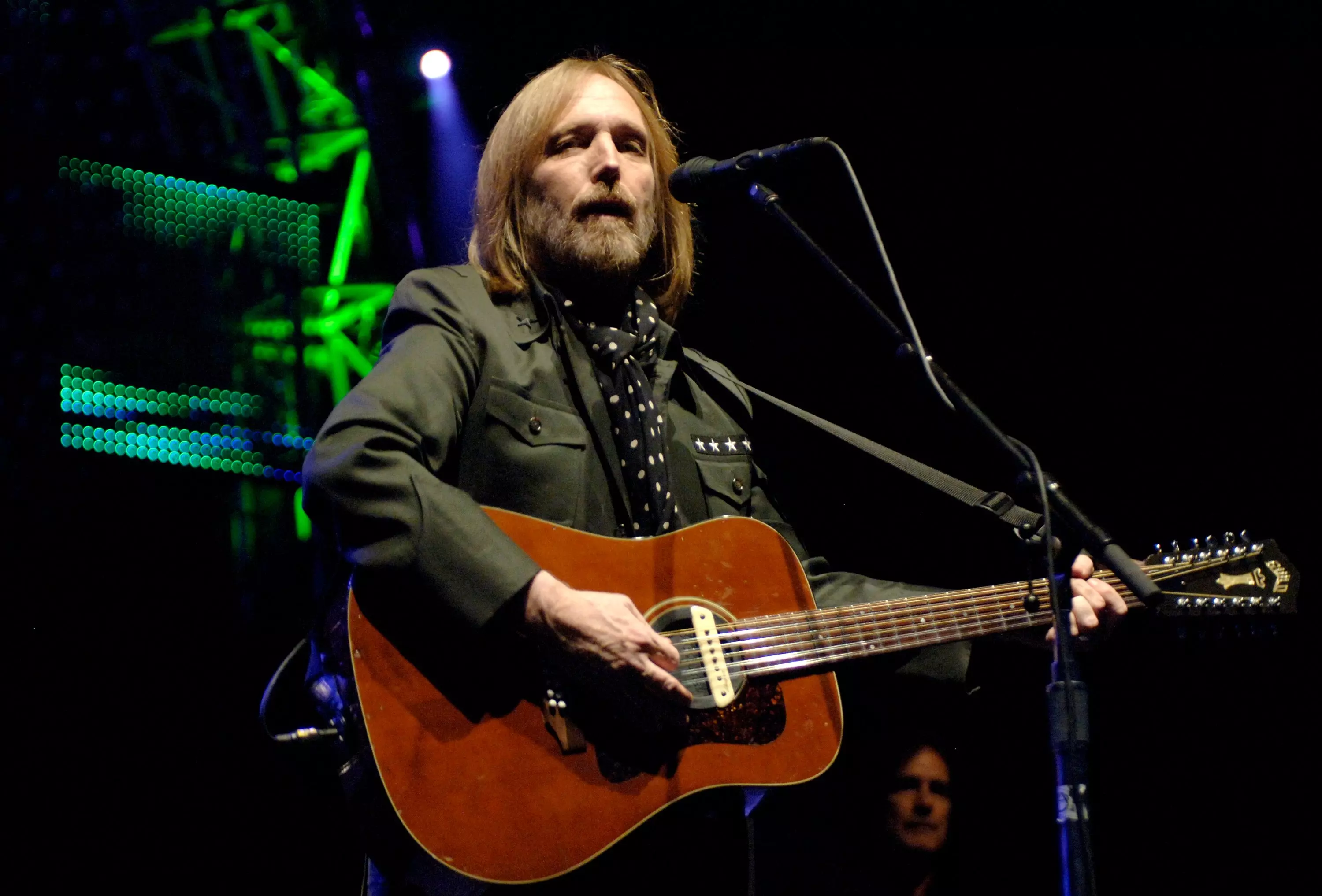
How 'Petty Country: A Country Music Celebration' Makes Tom Petty A Posthumous Crossover Sensation

Vince Gill Reveals Where He Keeps His GRAMMYs
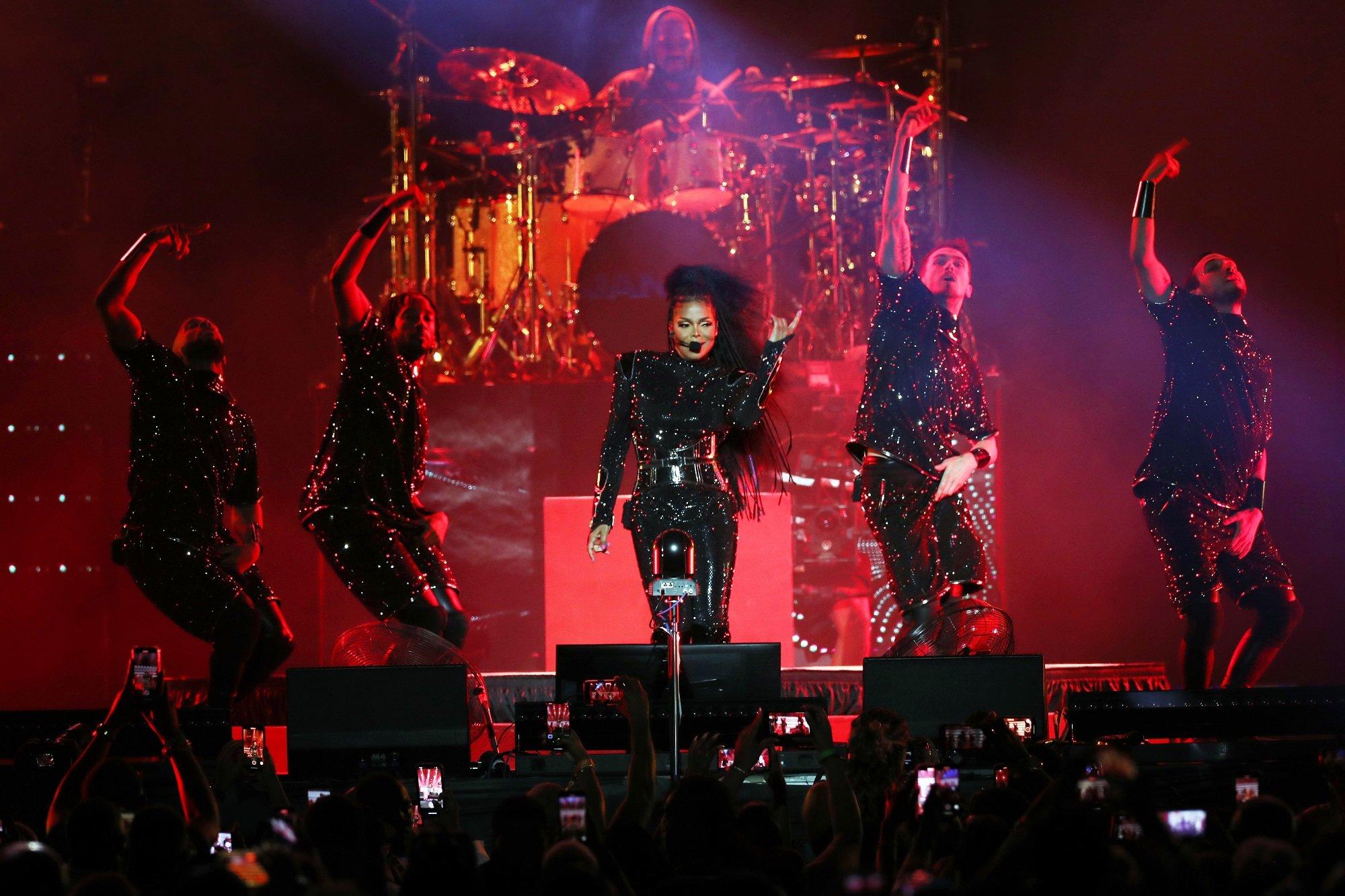
Photo Credit: Bennett Raglin/Getty Images for Essence
interview
Celebrating 30 Years Of Essence Fest: How New Orleans & Multi-Generational, Diasporic Talent Create The "Super Bowl Of Culture"
Ahead of the 30th Essence Festival Of Culture, held July 4-7 in New Orleans, GRAMMY.com spoke with executives and curators of the legendary celebration of Black excellence.
Every July, millions of Black people, specifically Black women, descend upon New Orleans for the Essence Festival of Culture (EFOC). Known for many years as the Essence Festival, the festival is a celebration of Black culture, community, and heritage. Since its inception in 1995 as a one-off event to commemorate the publication’s 25th anniversary, the festival has evolved into a diasporic jubilee, drawing in people of African descent from across the diaspora.
In addition to its global presence, the festival pours millions of dollars into the local New Orleans community, which has served as the festival's home for 30 years (with the exception of 2006, when the festival was held in Houston, because of Hurricane Katrina). In 2020, the festival was canceled because of the COVID-19 pandemic. Despite this, the annual festival continues to be one of the most sought-after and attended festivals in the United States.
This year’s Essence Festival of Culture will be held at the Superdome from July 4-7, replete with legendary and fast-rising talents. On July 5, Birdman & Friends will celebrate the 30th anniversary of Cash Money Records. The following day will feature a special performance by Charlie Wilson, while Usher will commemorate the 20th anniversary of Confessions.
Janet Jackson and Victoria Monét will headline the festival's final night, while Frankie Beverly and Maze close out the festival with the return of All-White Night. Other performers include The Roots featuring Mickey Guyton, Ari Lennox and T-Pain, Busta Rhymes, Raphael Saadiq, D-Nice featuring Shelia E, Big Boi, and many more.
Read more: Music Festivals 2024 Guide: Lineups & Dates For Lollapalooza, Coachella, Bonnaroo & Much More
EFOC has been compared to SXSW, Coachella, Austin City Limits, and other notable festivals, yet it stands out for its empowerment-centered approach. It is not simply a festival, it is a family reunion. The one festival in the United States that does not pander to or take advantage of Black audiences, but truly celebrates them and their achievements. Although music has always been an integral part of the festival’s ethos — Aretha Franklin and B.B. King performed at the first iteration — the festival excels in its multi-generational and interdisciplinary programming. On any given day, attendees can attend sessions on Black entrepreneurship, politics, mental health, and literature, as well as seminars focused on issues impacting the Black community.
There’s a reason why the festival is referred to as the party with a purpose. For decades, it has operated as a celebratory convening place for Black people, Black families, and Black communities. Now, more than ever, spaces like EFOC are needed, as the Black community experiences an onslaught of changes — from Historically Black Colleges and Universities in North Carolina and Tennessee being subject to intense government oversight, to Black women-owned venture capital firms being targeted by conservatives, and Black voting rights becoming at risk during an election year.
Ahead of the festival’s 30th celebration, Michael Barclay, Executive Vice President of Experiential for ESSENCE Ventures and Barkue Tubman Zawolo, Chief of Staff, Talent and Diasporic Engagement for Essence Ventures, spoke to the Recording Academy about the history, legacy, and future of the Essence Festival of Culture.
This interview has been edited for clarity.
Are you part of the generation that grew up with the Essence Festival of Culture? If so, how does it feel to be a part of it?
Barkue Tubman Zawolo: I'm originally from Liberia. And even being in Liberia, prior to my family moving to the U.S. in 1980, Essence was always a thing for my mom and my aunts. When we came here, fast forward to me, as an adult, [after] graduating college, I got into the music industry. I've managed artists that have gone through the Essence stages and pages in different ways.
Essence Fest has always been something that we were familiar with. I have to say, I had not really experienced Essence Fest until 2019 when Essence was actually a client. One of the things that I was doing [at that point] was integrating the Diaspora and African creatives within the festival in fashion and music.
To be in the role that I'm in right now and to be on a team with people who have been a part of Essence for a long time…. Essence seems to be ingrained in all of our fabric. [What] started as a music festival now is the Super Bowl of Culture that is the Essence Festival of Culture. To be on the team that helps bring this to life for our community is a daunting but rewarding task all in the same.
Essence is something that I don't think anybody in our community takes lightly. Even our partners understand the value of it. We certainly understand that we serve the Essence-inverse and, and we are in service to this community. It is a huge honor to be able to be a part of the team that brings this to life and, and, and constantly hear what it means to the community globally too.
One thing that I admired, especially about last year's festival, was GU Kickback — a music event hosted by Girls United, the publication’s Gen Z vertical. I saw a number of local artists from New Orleans, such as 504ICYGRL. ESSENCE just released a series of cover stories celebrating the 30 year relationship between the publication and New Orleans; how do you highlight the city and their history?
Michael Barclay: As somebody who's worked in experiential, creating gatherings and experiences for almost 25 years now, the venue is always important when you're trying to set the box where you are creating for your community, for your audience. New Orleans has been that backdrop for us for almost 30 years now.
New Orleans is the convergence of our mission, our brand, in a city that is perfectly matched for that energy. New Orleans is as much a part of Essence Festival of Culture as Essence Magazine is to Essence Festival.
It is very much a partnership that has created this cultural movement. To be more inclusive, and highlight more of those local relationships and talent is very intentional. It has been something that we have put a lot of energy and effort into over the last couple of years.
This will be my third festival this year. I think Barkue, you started maybe a year or two before me. We're a fairly new crew that is working to help grow and reshape and solidify those relationships. Even with how we handle the management of the festival.
Our VP of Essence Festival, Hakeem Holmes is a hometown boy from New Orleans. He's the pride and joy. They love to see him coming. He's always enlightening us on the things that we need to be focused on for the city and how we make the best partnership and make the best impact on the area.
It was intentional what you saw last year. It's intentional this year. We dedicated our entire festival edition of the magazine as a love letter to New Orleans. It's a symbiotic relationship that is one of the key reasons why this festival is the Super Bowl of Culture.
I would love to hear about the talent aspect of the festival. Last year, Megan Thee Stallion headlined. In previous years, Beyoncé and Prince have served as headliners. What is the formula between balancing local talent, national talent and diasporic talent at the festival?
Zawolo: As we grow the festival, the intentionality becomes even more and more important. And, what we do in understanding where we are as a brand.
We're 30 years into the festival, the brand is 55 years. What's traditionally known as the Essence Woman is now bringing her daughter. It's multi-generational. We also know that the world is as big as your cell phone, so people are now exposed to different types of content and music.
We see the influence of Afrobeats and Caribbean music. We are intentional about making sure that every night really speaks to multiple generations, but it's anchored in a generation. It's like, who's bringing, who to the concert on Friday? Is it the daughter bringing her mama?
It's anchored in that younger demo, but we're going to make sure that they're going to have a collective good time there. Saturday is usually our heaviest night. We have our living legends that show up there; that really cuts across generations. This is anybody can bring anybody, but let me tell you, you're going to be able to teach each other, connect with each other with the different groupings of talent that we have.
We try to make sure that there is something that speaks to us, but that that connects with the diaspora on as many nights as possible. Sometimes it's not because they're from a different country, but because we know the music also resonates.
If you think of Janet Jackson, you can go anywhere in the world. She can check off that box, although she's not from there. You can create those ties, but we also are intentional about having Ayra Starr and Machel Montano. Last year we had Tems and Wizkid. The goal is to continue to grow what that looks like, because we are a global brand and that is our diasporic and global intent in connecting the global Black community is really important.
We are intentionally multi-generational. We intentionally lead into where a multitude of generational communities can come together and have fun together. There is something for everybody. We have a unique opportunity with Essence as the brand grows to be able to not only speak to what they want to call the aunties, I call the punties. I also think that this is where we get to educate the next generation on where we're coming from. We also get to learn from them on where they are and where they want to go.
What a beautiful way to kind of tie all of these connections. Last year, the festival celebrated 50 years of hip-hop; this year you're celebrating the 30th anniversary of the festival. What is the intention behind this year’s music programming?
Zawolo: Paying homage to people who had done some historical things on our stages. We have Janet [Jackson] back. People are like, “Oh, we saw Janet two years ago,” but Janet is also one of the highest sellers in the festival's history.
If we're going to celebrate, let's celebrate, because we know Janet never disappoints. We also want to lean into some of the [older] talent, like Charlie Wilson, Uncle Charlie. He's graced that stage so many times, but yet it's still very relevant. Using this moment to reignite things that we've done in the past and bring them back to life that we know the audience missed.
Frankie Beverly, who is going to come, this is probably going to really be his last performance. The passing of the torch. This year was about having to be intentional about what other milestones are happening that are important to this culture. Cash Money is also celebrating 30 years. Who better, right?
Essence has been in New Orleans for 30 years. Cash Money and crew are from New Orleans. Juvenile just got the key to the city from the mayor. We want to honor and celebrate him, but we also want to recognize the influence that this group of very creative, entrepreneurial, rappers and artists have had on culture, because there was a time where we all were backing that ass up.
Making sure we highlighted milestones, connecting with people who have historically been a part of making history with us, introducing some new ones — that's what we have to do. We have to set up now for the next 30 years. We want to go to the soul of what appeals to our audience, and we're really all about good music.
I think the 30th year just continues to do what we do. As we look to grow and connect demos, Megan Thee Stallion is a very viable option because again, the daughter now is going to bring the mama. Intergenerational diasporic and connecting demos, I think that only happens at the Superdome. That's also happening in the convention center, which I believe is honestly the soul of the festival.
What are your hopes and aspirations for the next 30 years of the Essence Festival of Culture? Will Essence Fest always be in New Orleans? Are we going to have an Essence Fest in Lagos, Nigeria?
Barclay: Being on this side of [EFOC], seeing the true impact of the festival and how it impacts the communities, how it impacts the folks that come to New Orleans, and now, because we've expanded to our virtual audience, the 1.7 million that are viewing around the world, my hope for the festival is that we continue to show up where our community needs us.
We're going to be in New Orleans. We're going to be in our official world as we call it. If you can't make it to New Orleans, you can tune into Essence.com and you can see what's going on there. We are creating virtual experiences, AR experiences, VR experiences, all those things, so really keeping up with the way that people continue to connect with each other, whether they're physically in the same place or halfway across the world.
I think that type of innovation is what I want to continue to see us do and allow us to create that joy that we generate in New Orleans and wherever it's needed for our community.
PRIDE & Black Music Month: Celebrating LGBTQIA+ & Black Voices
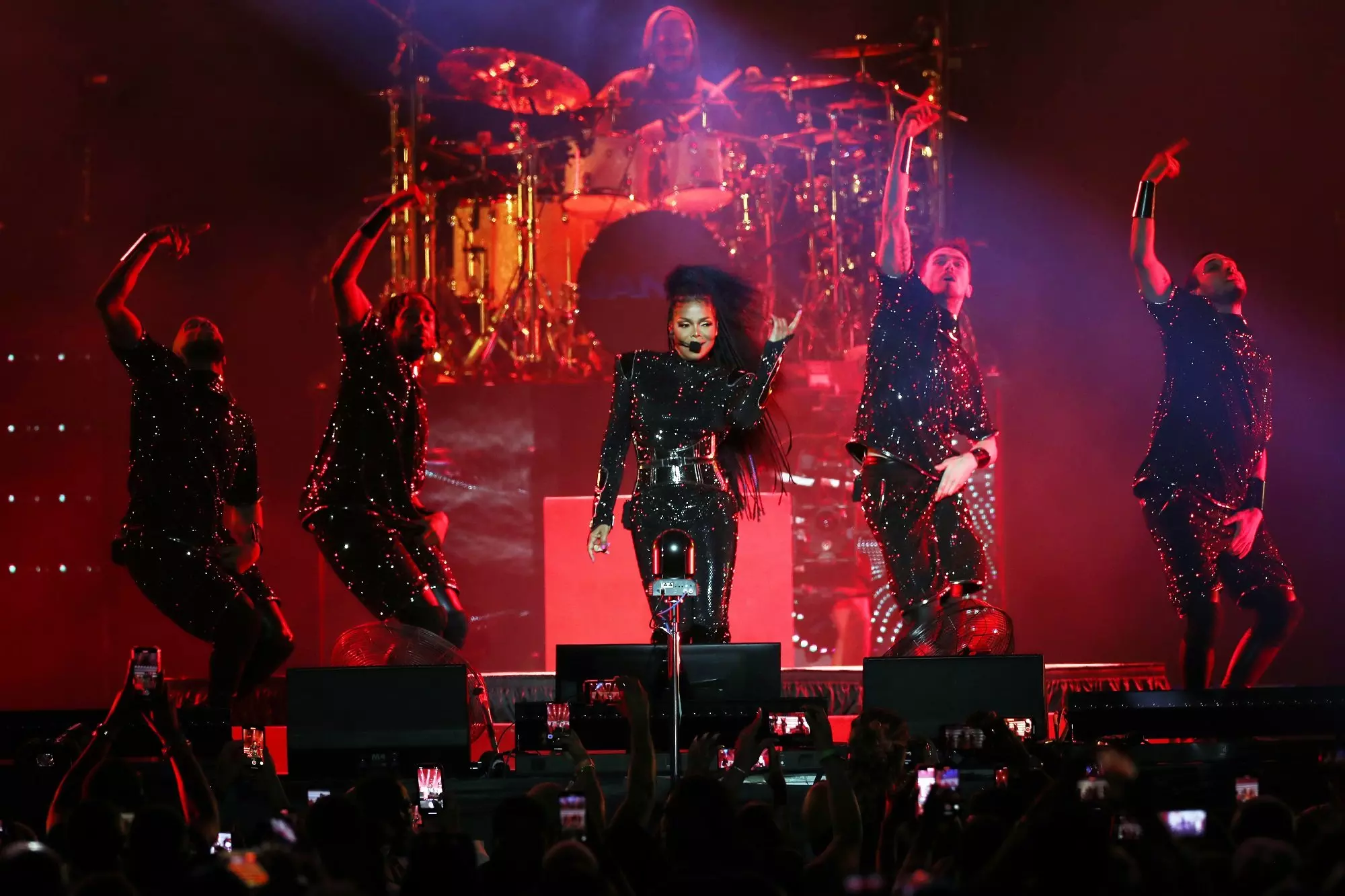
Celebrating 30 Years Of Essence Fest: How New Orleans & Multi-Generational, Diasporic Talent Create The "Super Bowl Of Culture"
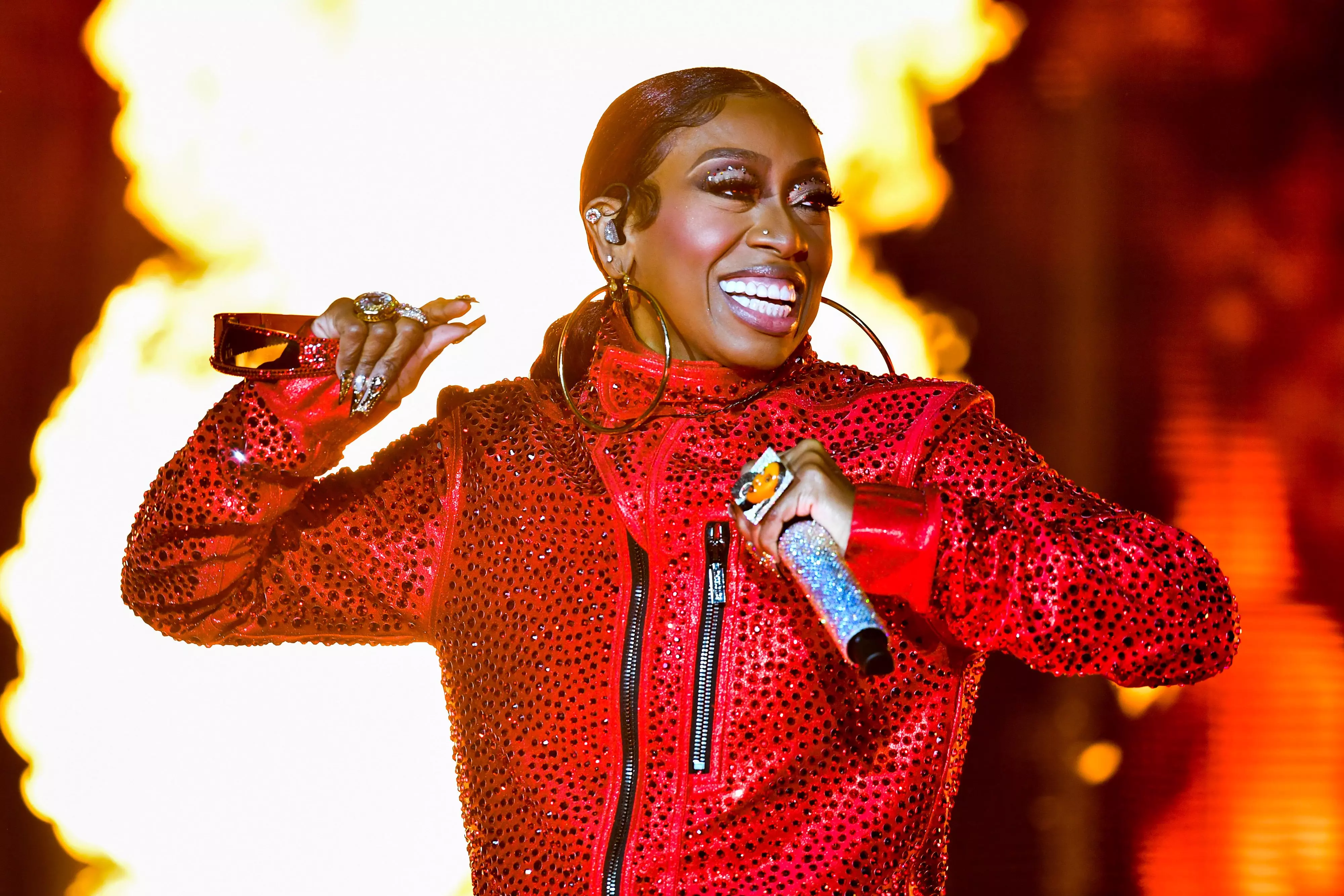
Celebrating Missy Elliott: How The Icon Changed The Sound, Look & Language Of Hip-Hop

Tekno Talks New Music, Touring America & His "Elden Ring" Obsession
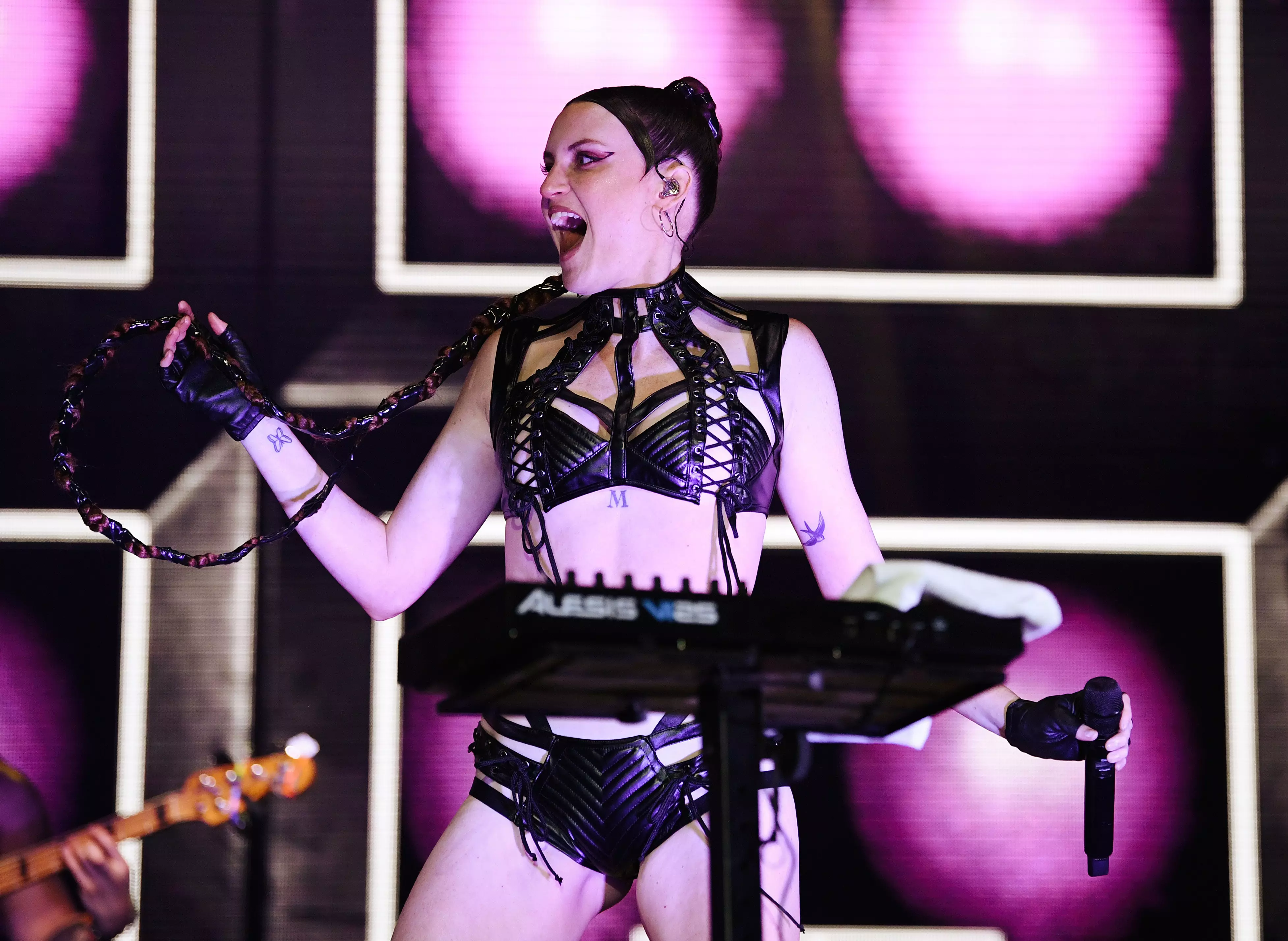
5 LGBTQIA+ Record Labels To Check Out: Get Better Records, So Fierce! And Others
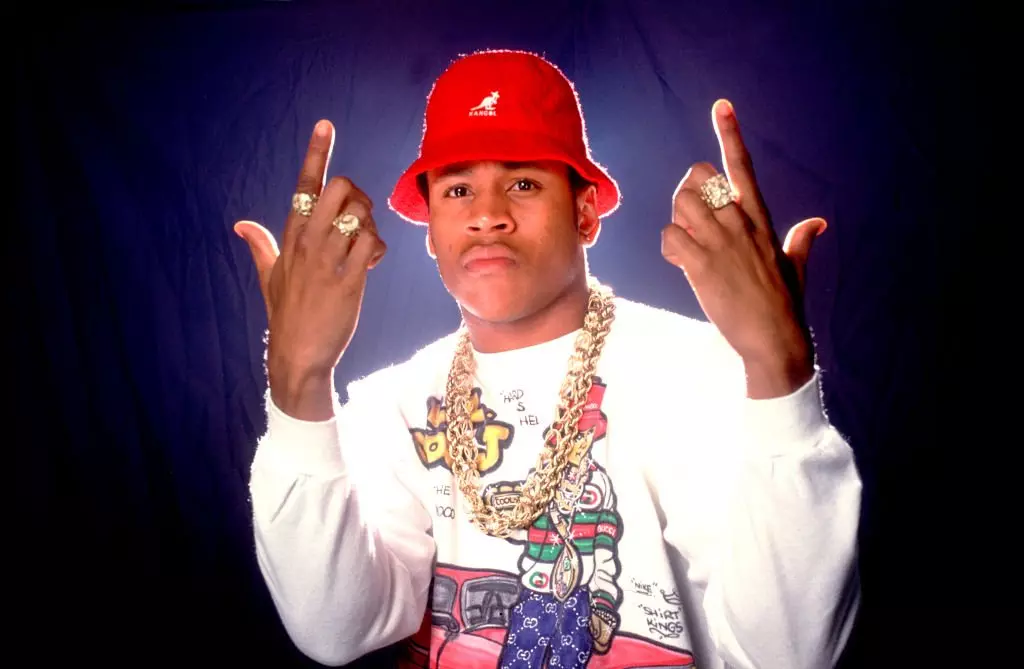
Celebrate 40 Years Of Def Jam With 15 Albums That Show Its Influence & Legacy
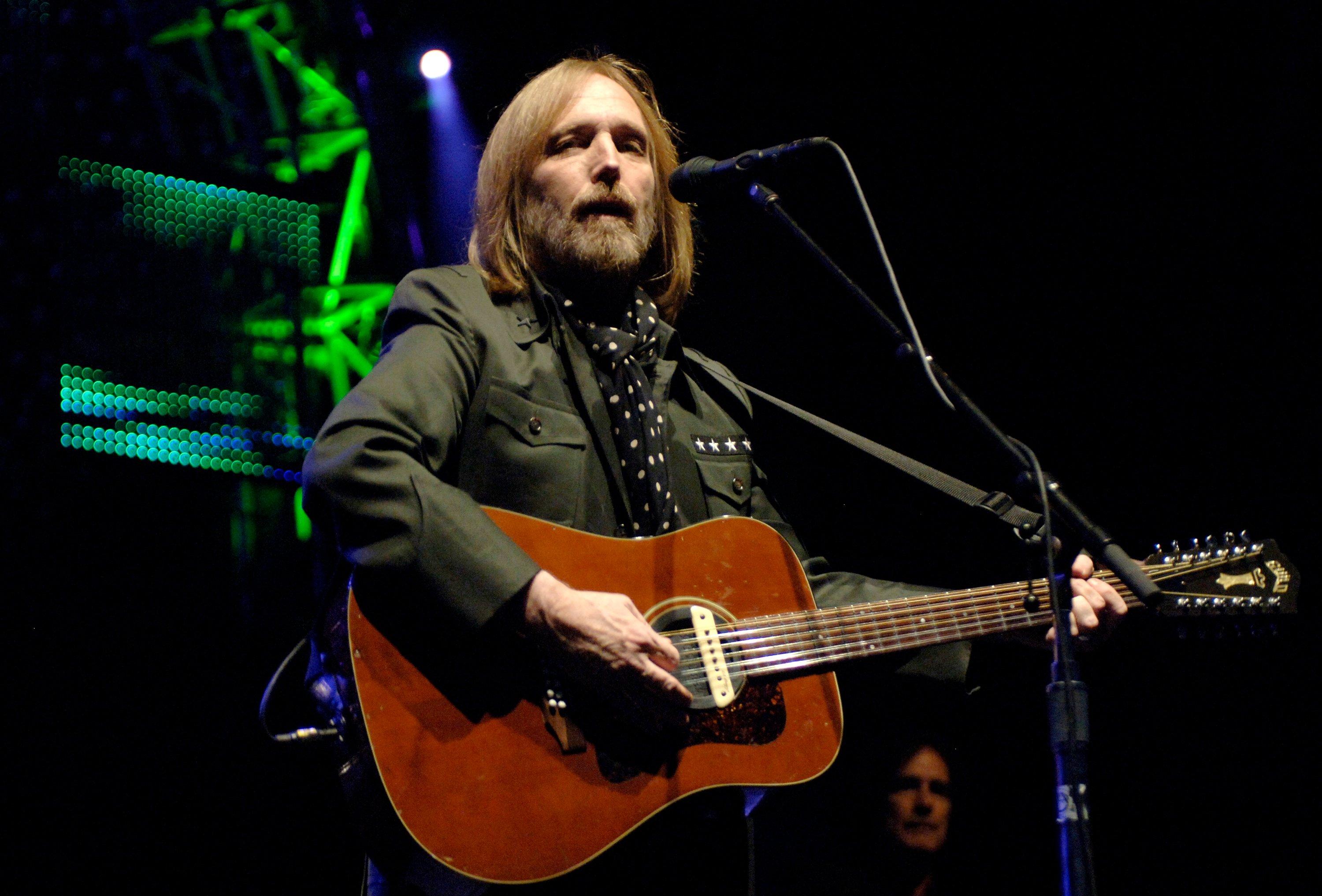
Photo: Tim Mosenfelder/Getty Images
feature
How 'Petty Country: A Country Music Celebration' Makes Tom Petty A Posthumous Crossover Sensation
On 'Petty Country,' Nashville luminaries from Willie Nelson to Dolly Parton and Luke Combs make Tom Petty’s simple, profound, and earthy songs their own — to tremendous results.
If Tom Petty and the Heartbreakers landed in 2024, how would we define them? For fans of the beloved heartland rockers and their very missed leader, it's a compelling question.
"It's not active rock. It's not mainstream rock. It's not country. It would really fall in that Americana vein," says Scott Borchetta, the founder of Big Machine Label Group. "When you think about what his lyrics were and are about, it's really about the American condition."
To Borchetta, these extended to everything in Petty's universe — his principled public statements, his man-of-the-people crusades against the music industry. "He was an American rebel with a cause," Borchetta says. And when you fuse that attitude with big melodies, bigger choruses, and a grounded, earthy perspective — well, there's a lot for country fans to love.
That's what Coran Capshaw of Red Light Management bet on when he posited the idea of Petty Country: A Country Music Celebration of Tom Petty, a tribute album released June 21. Featuring leading lights like Dolly Parton ("Southern Accents"), Willie and Lukas Nelson ("Angel Dream (No. 2)," Luke Combs ("Runnin' Down a Dream"), Dierks Bentley ("American Girl,") Wynonna and Lainey Wilson ("Refugee"), and other country luminaries covering Tom Petty classics, Petty Country is a seamless union of musical worlds.
Which makes perfect sense: on a core level, Petty, and his band of brothers, were absolutely steeped in country — after all, they grew up in the South — Gainesville, Florida.
"Tom loved all country music. He went pretty deep into the Carter Family, and "Will the Circle Be Unbroken?" and the folk, Americana heart of it," says Petty's daughter, Adria, who helps run his estate. "Hank Williams, and even Ernest Tubb and Patsy Cline… as a songwriter, I think a lot of that real original music influenced him enormously." (The Flying Burrito Brothers, and the Byrds' Gram Parsons-hijacked country phase, were also foundational.)
A key architect of Petty Country was the man's longtime producer, George Drakoulias. "He's worked with Dad for a hundred years since [1994's] Wildflowers, and he has super exquisite taste," Adria says.
In reaching out to prospective contributors, he and fellow music supervisor Randall Poster started at the top: none other than Willie Nelson and Dolly Parton. "Having Willie and Dolly made people stand up and pay attention," Dreakoulias told Rolling Stone, and the Nashville floodgates were opened: Thomas Rhett ("Wildflowers"), Brothers Osborne ("I Won't Back Down"), Lady A ("Stop Draggin' My Heart Around"), and so many others.
Each artist gave Petty's work a distinctive, personal spin. Luke Combs jets down the highway of "Runnin' Down the Dream" like he was born to ride. Along with Yo-Yo Ma and founding Heartbreakers keyboardist Benmont Tench, Rhiannon Giddens scoops out the electronics and plumbs the droning, haunting essence of "Don't Come Around Here No More."
And where a lesser tribute album would have lacquered over the songs with homogenous Nashville production, Petty Country is the opposite.
"I'm not a fan of having a singular producer on records like this. I want each one of them to be their own little crown jewel," Borchetta says. "That's going to give us a better opportunity for them to make the record in their own image."
This could mean a take that hews to the original, or casts an entirely new light on it. "Dierks called up and said, 'Hey, do you think we would be all right doing a little bit more of a bluegrass feel to it?' I was like, 'Absolutely. If you hear it, go get it.'"
"It had the diversity that the Petty women like on the records," Adria says, elaborating that they wanted women and people of color on the roster. "We like to see those tributes to Tom reflect his values; he was always very pro-woman, which is why he has such outspoken women [laughs] in his wake."
Two of Petty Country's unquestionable highlights are by women. Margo Price chose "Ways to Be Wicked," a cut so deep that even the hardcore Petty faithful might not know it; the Let Me Up (I've Had Enough) outtake was buried on disc six of the 1995 boxed set Playback.
"Man, it's just one of those songs that gets in your veins," Price says. "He really knew how to twist the knife — that chorus, 'There's so many ways to be wicked, but you don't know one little thing about love.'" Founding Heartbreakers guitarist Mike Campbell features on the dark, driving banger.
And all interviewed for this article are agog over Dolly Parton's commanding take on "Southern Accents" — the title track of the band's lumpy, complicated, vulnerable 1985 album of the same name. "It's just revelatory… it brings me to my knees," Adria says. "It's just a phenomenal version I know my dad would've absolutely loved."
"It's one of Dolly's best vocals ever, and it's hair-raising," Borchetta says. "You could tell she really felt that track, and what the song was about."
Adria is filled with profuse gratitude for the artists preserving and carrying her dad's legacy.
"I'm really touched that these musicians showed up for my dad," she says. "A lot of people don't want to show up for anything that's not making money for them, or in service to their career, and we really appreciate it… I owe great debt to all of these artists and their managers for making the time to think about our old man like that."
Indeed, in Nashville and beyond, we've all been thinking about her old man, especially since his untimely passing in 2017. We'll never forget him — and will strum and sing these simple, heartfelt, and profound songs for years to come.
Let Your Heart Be Your Guide: Adria Petty, Mike Campbell & More On The Enduring Significance Of Tom Petty's Wildflowers

